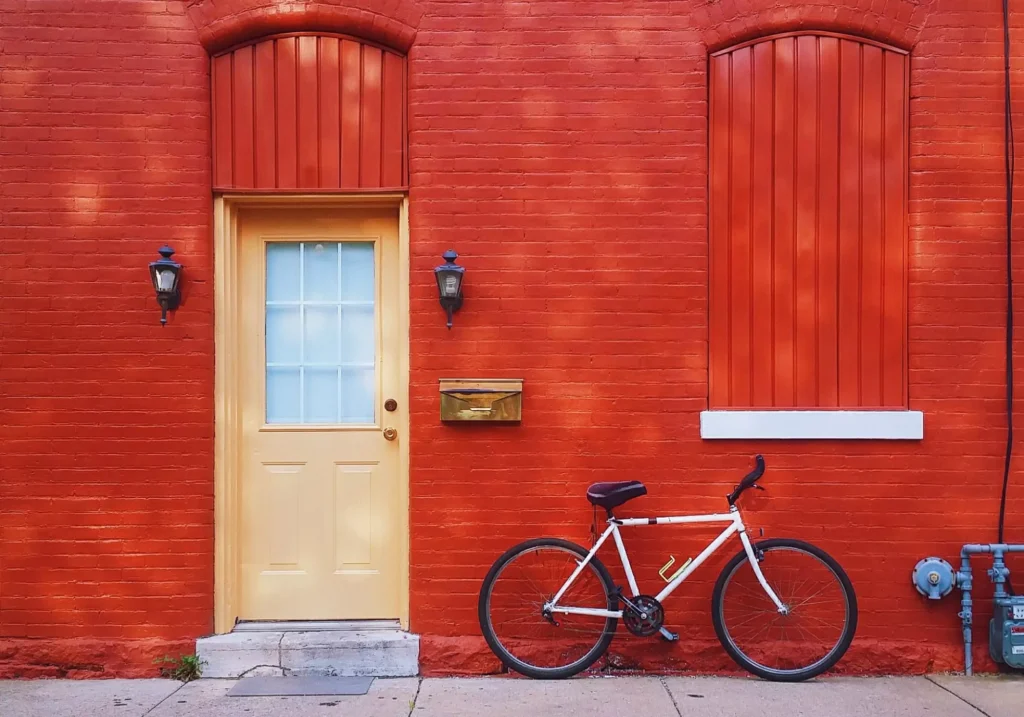When setting up a WordPress website, one of the most crucial decisions is selecting the right WordPress theme. A well-chosen theme enhances your website’s functionality, aesthetic appeal, and performance, while a poorly selected one can limit your website’s potential and negatively impact user experience. Given the sheer number of free and premium themes available, it’s easy to get overwhelmed. In this comprehensive guide, we’ll explore the essential dos and don’ts when choosing a WordPress theme to help you make an informed decision that will best suit your website’s needs.
1. The Importance of Choosing the Right WordPress Theme
A WordPress theme is the foundation for your site’s design and structure. It dictates how your website looks and functions, influencing user experience and engagement. Moreover, the right theme can support SEO efforts, boost site speed, and accommodate future growth. On the other hand, a poorly chosen theme may come with bloatware, incompatibility with plugins, and security vulnerabilities.
Whether you’re a blogger, business owner, or eCommerce entrepreneur, understanding the dos and don’ts of selecting a WordPress theme is crucial for the success of your website. Let’s dive into the essential factors that you should consider.

Now that you know why a solid WordPress theme is essential, it is time we discuss what exactly you should look for and consider what you should do when browsing the themes library. There are several aspects to choosing a theme that go beyond its looks and how well it is structured. Those are also significantly important, but you should also keep in mind the purpose of your website, SEO-friendliness, responsiveness, support, customizability, and plugin compatibility. Those are a lot of things, so let us break them down!
2. Do Consider the Purpose of Your Website
Right off the bat, the first thing you must do – even before thinking about what theme to choose – is the purpose of your website. WordPress themes nowadays range from general-purpose to very specific. You have your default themes – Twenty Twenty-Four, for example – that are not tailored to one specific type of website. Then you have themes like BlogLamp that are better suited for a blogging website.

